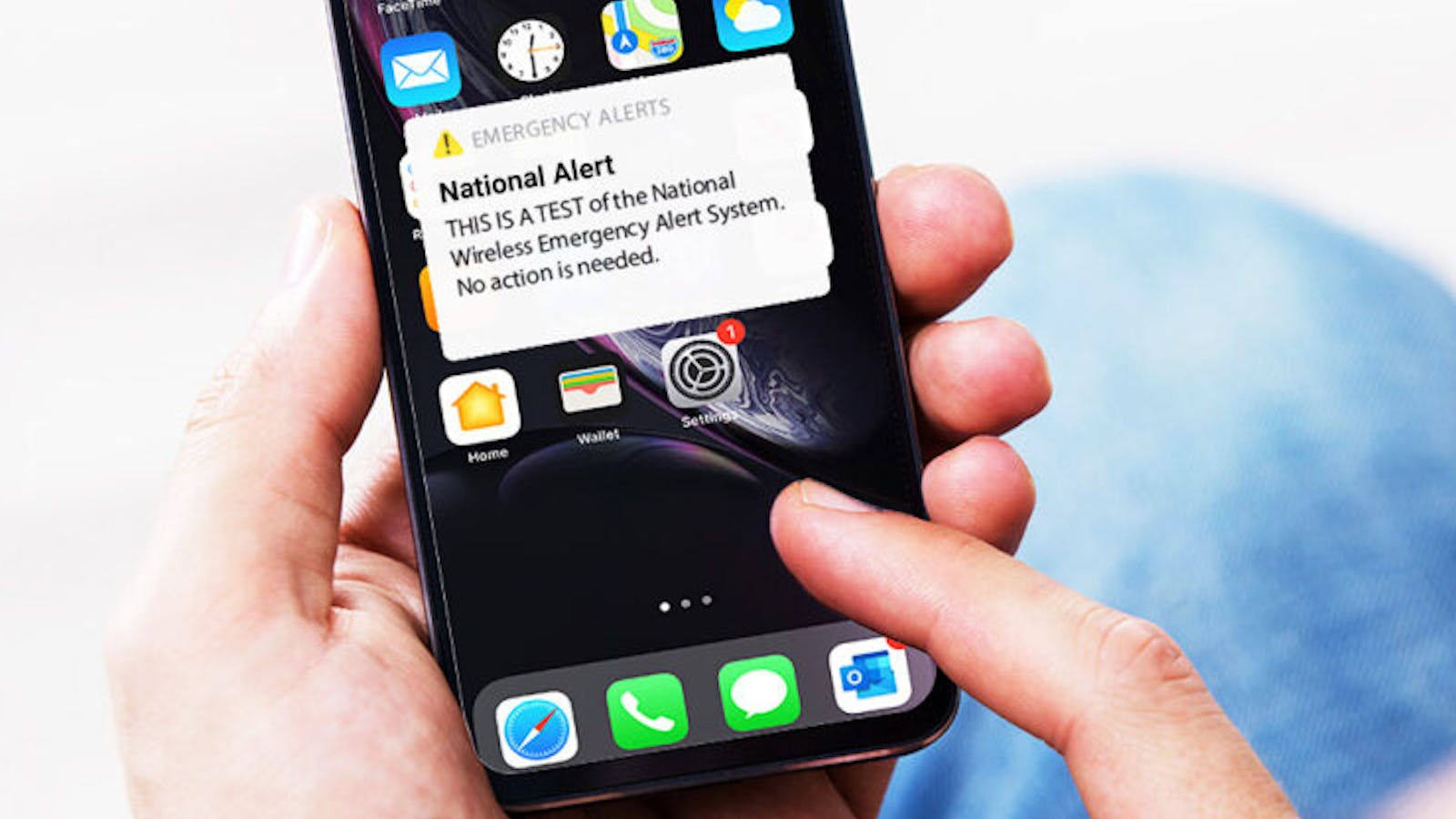Although the Federal Communications Commission (FCC) approved an expansion in 2023 to deliver wireless emergency alerts in 13 additional languages and American Sign Language (ASL), messages are still only sent in English and Spanish. This decision aims to address the needs of nearly 68 million U.S. residents who speak a language other than English at home, according to Census data.
The approved languages include Chinese, Tagalog, Vietnamese, Arabic, French, Korean, Russian, Haitian Creole, German, Hindi, Portuguese, Italian, and ASL. However, the process remains stalled pending the publication of a “report and order” in the Federal Register, which would trigger a 30-month timeline for mobile service providers to implement multilingual alert templates.
Some members of Congress have voiced concern over the delay, emphasizing the importance of accessibility during emergencies such as wildfires, hurricanes, or earthquakes.
A recent wildfire event in Los Angeles highlighted the issue. A study conducted by the University of California, Los Angeles (UCLA) found that more than 12,000 Asian American residents in the evacuation zones could not understand the alerts sent to their phones due to language barriers.
The Wireless Emergency Alerts (WEA) system enables federal, state, and local agencies to send validated messages through FEMA-approved software to mobile users. However, the current lack of linguistic diversity limits its effectiveness among multilingual communities.
Advocacy groups and legislative caucuses continue to urge the FCC to finalize the necessary administrative procedures. They argue that language accessibility is a vital component of public safety during natural disasters and other emergencies.
So far, no official reason has been publicly stated for the delay. Meanwhile, concerns persist regarding the equitable dissemination of critical emergency information across all language groups in the country.



